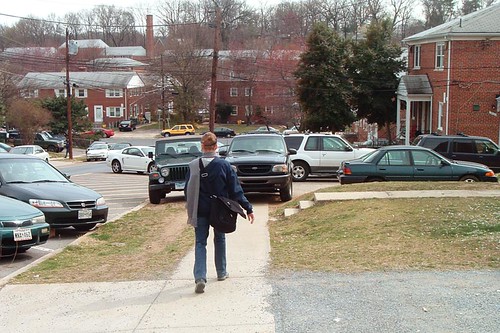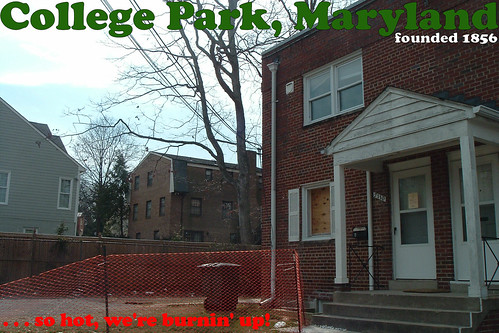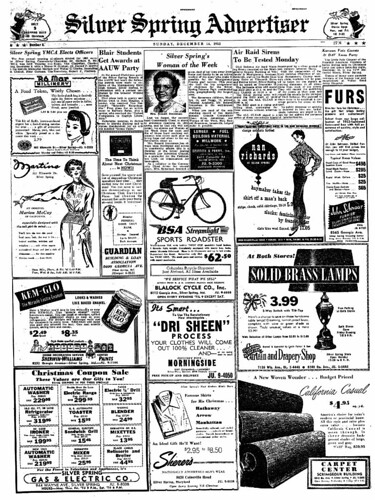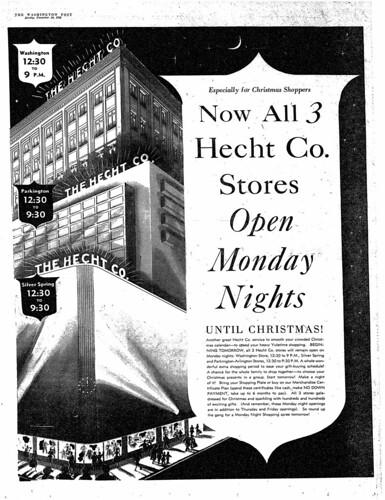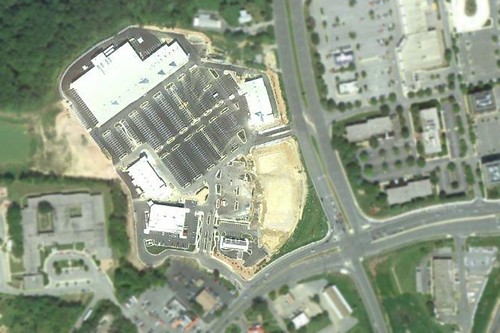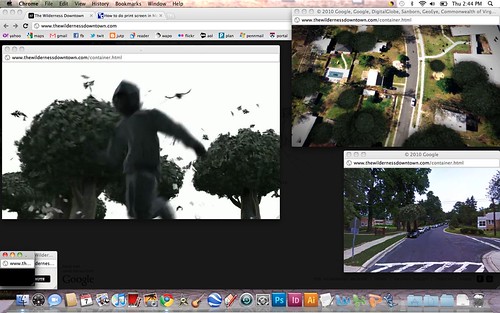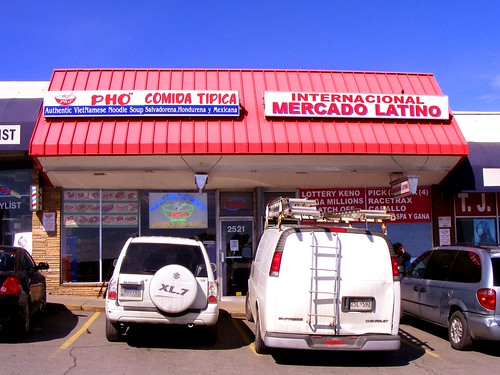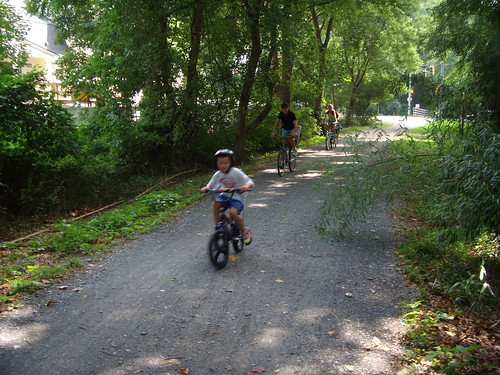Steven Morris, a Fort Washington resident and a former teacher and administrator at Forestville High School, was even more candid in his assessment of Burroughs, whom he'll face on the ballot. "He is a child, and I am a professional," Morris said.
At least they can run. College Park's city council must really look down on the University of Maryland, because they don't think its students - or anyone under 25 - is fit for public office:
"The only thing most 18-year-olds are thinking about is when and where the next party is," said Leslie Booth, who supported raising the age to run for council to 25.
Another resident, Cindy Lollar, said 18-year-olds shouldn't be allowed to represent the city because they may not be concerned about the same issues as long-term residents, and Donna Weene added that she saw on Dr. Phil that brains don't mature until age 25.
One of the reasons I wrote so extensively about the issue of skateboarding in Silver Spring over the past year is because I so sorely wanted the predominantly-teenaged skaters to advocate for themselves AND to be heard by the community, didn't always happen. It is short-sighted and, frankly, kind of ignorant to assume that all young people are either stupid, hedonistic or criminals in the making.
By their logic, we should disallow people residents over 65 from running for office because some elderly people have poor physical or mental health. Some also go to bed early, meaning they won't be able to attend evening meetings. Of course, this would probably eliminate a good chunk of elected officials in Prince George's County or anywhere.
If I sat on the College Park City Council or the Prince George's County School Board, I wouldn't be so smug about my age and experience. It's not like either body is so well-run or so successful that they can tell an entire set of constituents to fuck off. They don't deserve to have such motivated young people in their midst. Murray and Burroughs should take their talents to a place that actually supports creativity rather than desperately clinging to the status quo.


